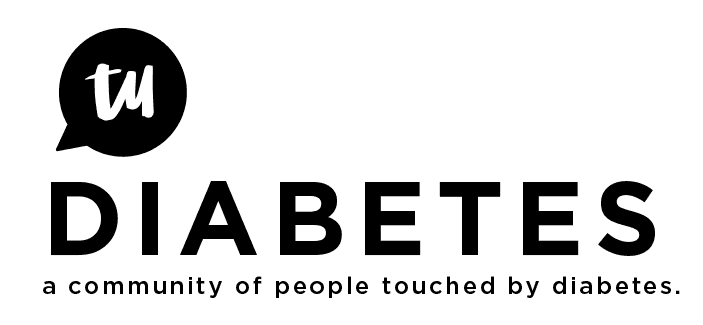As you may be aware omega 3 has some pretty good qualities that can help in managing type 2 diabetes.
One major source of omega-3 is wild fish, particularly salmon. Another source is flax seeds.
One of the benefits of omega-3 is that it increases your good cholesterol while lowering the bad cholesterol,.
So in an attempt to avoid taking cholesterol lowering drugs I went on a omega 3 campaign. And what did I find out?
By eating wild pacific pacific salmon three times a day, I was able to bring my triglycerite levels to a good count, and my cholesterol levels were fantastic. However, I developed a bleeding problem - apparently omega 3 works as a blood thinner,. Scratch an itch on my nose? Not if I don’t want to experience a trickle of blood down my face,
As a quick fix to lower your bad cholesterol, wild salmon or just taking omega 3 supplements is highly recommended - just be aware that you are also taking a natural blood thinner.
you may want to have bood tests for lead and other heavy metals frequently if you eat salmon 3x/day or you could become a mad hatter!
Actually the biggest risk with fish is mercury. Certain farmed fish has been found to contain lead, PCBs or other long-tmer toxic contaminants. Salmon however is generally considered among the safest with lower levels of mercury. Tuna has some of the highest risk. I choose canned chunk light tuna and wild salmon. A good review of toxins in fish is in this wallet card from the NRDC.
I would not touch any farmed salmon with a 100 foot pole.
Here in BC in Canada they feed the salmon they farm crushed garbage fish from the Far East and it will knock out any metal detector. Also the farmed Atlantic salmon from BC when prepared has the consistency of boiled toilet paper.
Farmed salmon from Norway is healthy in that it was fed fresh seafood but the trawling of the coastal waters to obtain the feed has resulted in a massive amount of seabirds dying of starvation.
And then there is the problem of open pen farmed salmon breeding sea lice which spreads to wild juvenile salmon that pass by and kills them.
Salmon farming in its present form is a no no in my opinion…
All the salmon I eat is wild caught from Alaska or BC. I usually buy it right off the boats at Fisherman’s wharf here in False Creek where I live during the summer fishing season, or frozen during the winter months…
Canned tuna is fairly safe as it is made from the smaller tuna that is difficult to sell for tuna steaks. The older the fish is, i.e. the more likely you will find it in the fresh seafood counter, the more chance there is it has accumulated heavy metals like mercury, lead and zink.
Also another source of omega 3 is the canned sardines you will find on any grocery shelf. Given a choice, if you see the country it comes from on the label I would recommend Spain or Portugal rather than Vietnam or Thailand.
I don’t eat any farmed fish. Any. At. All. If it isn’t caught in the wild, it doesn’t go on my table.
Interesting warning. I am a big fan of canned salmon.
Yesterday I topped a cucumber-yogurt salad with some flaked salmon.
Today I made some lovely salmon patties–replacing half the bread crumbs with almond meal.
That said, maybe not 3x a day!
Oh & tis the season to enjoy purslane, a good source of Omega 3s. Portulaca oleracea (aka verdolagas to Spanish speakers) is a weed to most Americans, but enjoyed in many other regions. It may be growing in your garden as a “weed”–or be on the look out at a farmers market.
A nice big salad topped with flaked salmon is indeed one of my favorite things. Had one for dinner last night, as a matter of fact. 
Another good source of omega-3 is flax seeds. The challenge is to unlock the omega-3 hidden behind hard shells which normally would go right through your digestive system. The method I use is, in a cup, add boiling water to a tablespoon of flax seeds and cover the cup with a lid. After two days they are fully digestible, either right from the cup or added to oatmeal porridge or other cereal.
There are three kinds of omega 3 fatty acids of concern, DHA, EPA and ALA. The important ones are DHA and EPA as they are virtually essential. It is hard to synthesize them from ALA in your body and those with diabetes often do it even worse. Flax is not a good source of DHA and EPA. It isn’t that ALA isn’t good, but we generally have abundant sources of ALA and it isn’t an issue. It is the DHA and EPA that we need and as to flax for that, fuhgeddaboudit. Better to eat sardines. Sardines will totally stomp flax.
I have to admit that the main reason I eat those flax seeds every morning was not originally to do with omega-3, that was something I read about later. It is because the high fiber content ensures a regular digestion. Since I started on flax seeds constipation has become a thing of the past.
As far as sardines go whenever I pack a lunch to take to work I stuff two pita pockets with lettuce, cucumber, mayo and a can of sardines. It is tasty and keeps me filled up for my whole shift.
